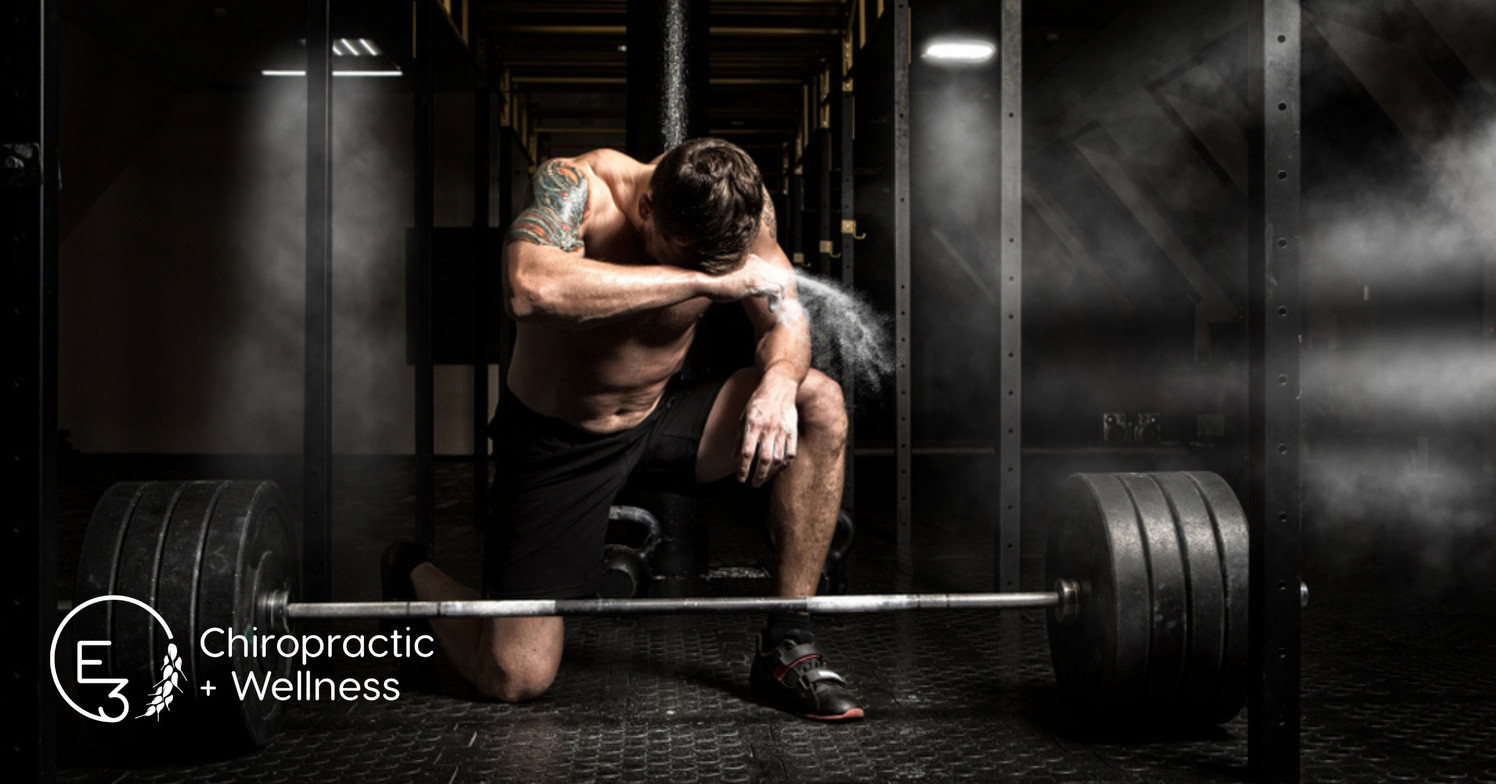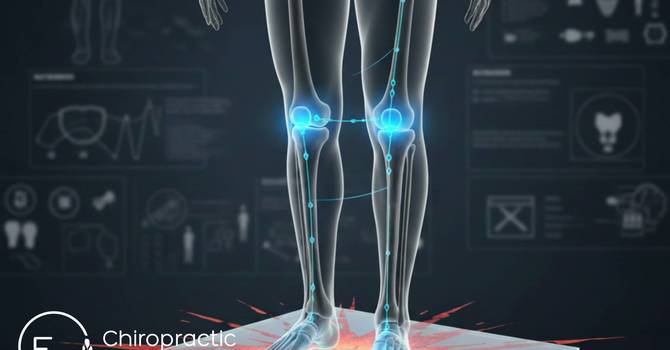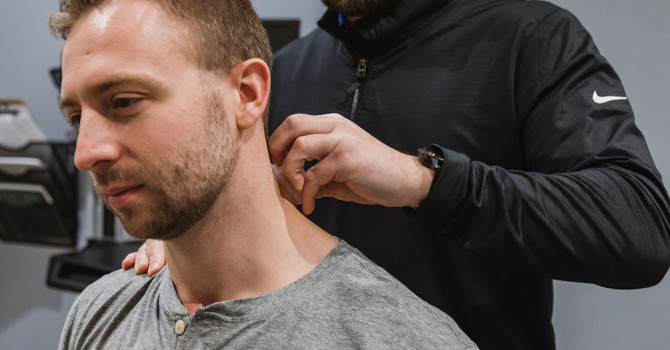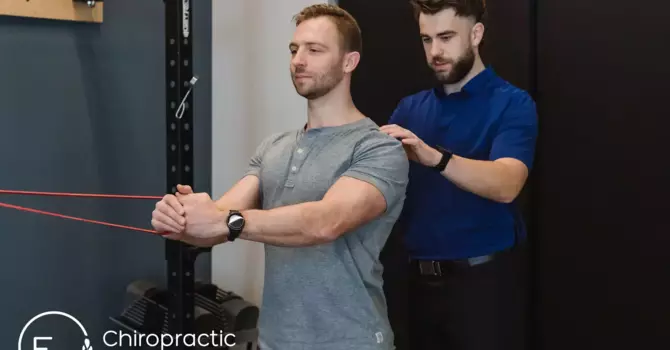
If you’re active — whether that means hitting the gym, training for a race, or chasing your kids around the yard — you’ve probably had days when your body feels heavy, sore, or just off.
Most people assume it’s because they’re overtraining. But more often than not, the problem isn’t how much you’re doing — it’s how little you’re recovering.
As a Saskatoon Chiropractor, I see this all the time at E3 Chiropractic + Wellness. Patients come in thinking they need to rest completely or stop moving altogether. The truth? It’s about balance — supporting your body so it can handle the demands you’re putting on it.
Let’s unpack what’s really happening when your body feels run down, and how you can recover smarter to keep moving and performing at your best.
The Difference Between Overtraining and Under-Recovering
Overtraining happens when training volume or intensity outpaces your body’s ability to adapt. This is common in athletes pushing hard for competition or people who suddenly ramp up their workouts.
Under-recovering, on the other hand, is more common in busy, everyday athletes — people juggling work, family, and fitness who aren’t giving their body the tools it needs to bounce back.
That means:
-
Not enough sleep
-
Not enough nutrients
-
Not enough hydration
-
Too much stress
-
Too little mobility work
Your muscles, joints, and nervous system need recovery just as much as they need challenge.
Read next: Hydration, Recovery, and Pain: The Connection You Didn't Know About
Signs You’re Under-Recovering (Even If You Think You’re Training Smart)
You don’t have to be an elite athlete to experience the effects of poor recovery. Common signs include:
-
Persistent muscle soreness that doesn’t go away with rest
-
Declining performance or energy despite regular training
-
Sleep disturbances or feeling “wired but tired”
-
Nagging injuries or flare-ups of old pain
-
Mood swings, irritability, or lack of motivation
If you’re checking off several of these, it’s time to focus less on doing more and more on doing what your body actually needs between workouts.
Explore: The Daily Habits That Are Sabotaging Your Mobility
Why Recovery Is Where the Real Progress Happens
Training doesn’t make you stronger — recovery does.
When you train, you break down tissues and stress the body. Recovery is when your body rebuilds, repairs, and adapts. Without enough recovery, your tissues stay inflamed, your joints stay stiff, and your nervous system stays in overdrive.
That’s when pain, tightness, and fatigue show up — not because you trained too hard, but because you didn’t recover deeply enough.
The Chiropractic Connection to Recovery
At E3 Chiropractic + Wellness, we view recovery as more than just rest — it’s about restoring optimal function so your body can perform its best. Chiropractic care supports recovery by improving how your body moves, communicates, and heals.
Here’s how we help:
-
Chiropractic adjustments – Improve joint mobility and alignment, reducing tension and optimizing movement patterns.
-
Soft tissue therapy – Releases tight muscles and fascia, improving blood flow and nutrient delivery to recovering tissues.
-
Movement & stability training – Strengthens your foundation so you recover faster and prevent overuse injuries.
-
Lifestyle guidance – Sleep, hydration, stress management, and nutrition tips to support your recovery from the inside out.
When your spine and nervous system function properly, your body heals and adapts more efficiently — so you can perform without burnout.
Related reading: What to Eat Before and After Your Workout for Injury Prevention
Real Patient Example
“Samantha,” a 33-year-old CrossFitter, came to the clinic frustrated by constant shoulder tightness and fatigue. She hadn’t missed a workout in months, but her lifts were plateauing, and her sleep was poor.
Her assessment showed restricted shoulder mobility and a nervous system that was constantly “on.” After a few weeks of adjustments, soft-tissue therapy, and a guided recovery plan — including hydration, sleep, and active recovery days — Samantha’s strength numbers started climbing again.
She didn’t need to train harder; she needed to recover smarter.
Practical Tips for Smarter Recovery
If you want to get the most out of your training, recovery isn’t optional — it’s part of the program. Try these tips:
-
Prioritize quality sleep. Aim for 7–9 hours to allow tissue repair and hormonal balance.
-
Hydrate daily. Dehydration slows recovery and increases injury risk.
-
Fuel your body. Include protein and complex carbs after workouts to support muscle repair.
-
Add active recovery. Gentle movement like walking, stretching, or mobility drills keeps circulation strong.
-
Listen to your body. Persistent fatigue, soreness, or irritability are signs to scale back and reset.
-
Get adjusted regularly. Restoring joint and nerve function helps your body handle and recover from physical stress.
Final Thoughts
You don’t have to stop training to feel better — you just need to recover more intentionally. When your body gets enough rest, movement, and care, it can adapt to stress instead of breaking down from it.
Key Takeaway: If you’re feeling burned out, stiff, or sore, you might not be overtraining — you might just be under-recovering.
Click HERE to schedule a free discovery call with E3 Chiropractic + Wellness—your trusted Saskatoon Chiropractor.





